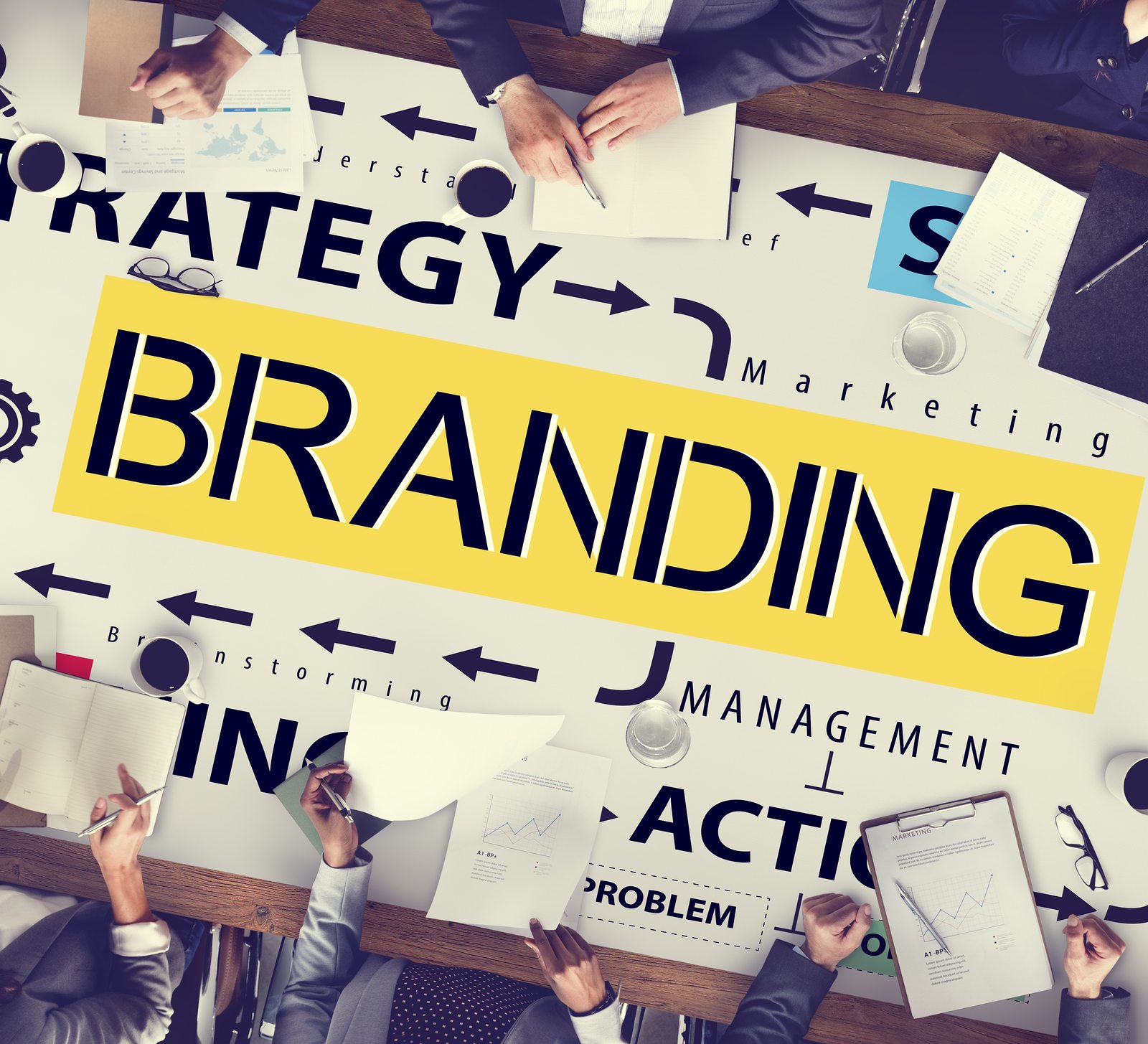When you hear the word “brand”, your mind probably does not jump to a redevelopment agency. For many, it conjures up a retail store, food product or even fashion line. Even though redevelopment agencies may not be the first thing that comes to mind, they too must establish their own branding.
No matter what type of business or organization you are, branding is essential to representing your image and communicating your agency’s goals, values and mission clearly and effectively to the public. Although the idea of branding your agency may seem daunting, it is one of the most basic and simple tasks you can do for your organization.
Analyze Your SWOT
The first step toward establishing your CRA’s brand is to analyze your agency’s SWOT- strengths, weaknesses, opportunities and threats. Grab a white board or large sheet of blank paper and take a good look at your agency using the SWOT categories. Include all aspects of your organization such as internal operations, staff, customers, your target audience, agency history and so forth.
Strengths: Characteristics of the business or project that give it an advantage over others.
Weaknesses: Characteristics that place the team at a disadvantage relative to others.
Opportunities: Elements that the project could exploit to its advantage.
Threats: Elements in the environment that could cause trouble for the business or project.
Once you’ve gathered a clear understanding of your agency and where it stands, you can begin building your unique brand.
Lay the Foundation for Your Brand with Vision and Mission
In order to determine how to best represent your agency through its brand is to establish your agency’s vision statement, mission statement and culture (both internally and externally).
A vision statement illustrates what your agency wants to accomplish and what it wants to be in the future. Basically, this is the “what do you want to be when you grow up?” question. Grab a white board or sheet of paper again and answer the following questions, keeping in mind the overarching goals of your agency, where it wants to go and how it wants to get there.
What are your most important products or services?
What products or services will you never offer?
What is unique about doing business with your brand?
How would your customers describe your brand?
Where do you want your agency to be in five years?
Your agency’s vision statement should be short (one to two lines), succinct and inspirational. Here’s an example from The City of Tallahassee:
“Tallahassee, Florida, a city that remembers its past while focusing on the future – a vibrant capital city: fostering a strong sense of community, cherishing our beautiful natural environment, and ensuring economic opportunities for all our citizens.”
The next step is to establish your agency’s mission statement. This statement provides the purpose of the company. It should be straightforward, motivational and easy to understand. Here are some questions to answer while crafting your mission statement:
What are the specific market needs the agency exists to address?
What does the agency do to address these needs?
What are the guiding principles that define the agency’s approach?
Why do customers receive from you and not your competition?
Here is an example of a mission statement from The Walt Disney Company:
“The mission of The Walt Disney Company is to be one of the world’s leading producers and providers of entertainment and information. Using our portfolio of brands to differentiate our content, services and consumer products, we seek to develop the most creative, innovative and profitable entertainment experiences and related products in the world.”
In short, a mission statement clarifies the ‘what’ and ‘who’ of an agency. A vision statement may answer this, but it adds the ‘why’ and ‘how’ as well.
Create the Culture
Now that your CRA has established its vision and mission statements, you can use these as a basis to build the culture of your agency and brand. An agency’s culture helps to create its brand, and it represents the company’s essence, personality and position. When defining your agency’s culture, answer the following questions:
If your brand were a person, how would you describe its personality?
How do you want people to view your agency? Is it lighthearted and fun? Inspirational? Innovative? Serious? Practical?
To whom are you [the agency] speaking? (Target market and demographic)
Which market segment does your agency serve?
What is your brand promise? (Both rational and emotional)
Why is your agency different from the competition and why should your audience care?
How should people feel when they see the final product of your agency?
Write down “buzz words” and sentences that come to mind when answering these questions. For example, Disney is “magical and family-oriented”. It wants to convey itself to its target audiences as the ultimate vacation experience with magical experiences unlike any other.
Creating your agency’s culture can help create its brand, representing its employees and services both internally (within the agency) and externally (to the public).
Go Brand Yourself
Now that you’ve developed your SWOT, vision and mission statements and company culture, it’s time to put them altogether. Be sure to develop a brand that is dynamic, motivational and representative of your agency’s operations, services and employees. Your agency’s brand is essential to remaining relevant and competitive in the public eye. Now that you’ve got the tools to get started, go out and brand yourself!
Not sure how to move forward with branding your CRA? Please contact Erica Thaler, FRA’s account manager and the Chief Marketing Officer at RBOA – Digitally Driven Marketing. RBOA is an integrated marketing and communications firm located in Tallahassee, Florida. RBOA can provide numerous services for your CRA such as advertising, social media management, web development and more. Public relations counseling and advice is included in your FRA Membership.

